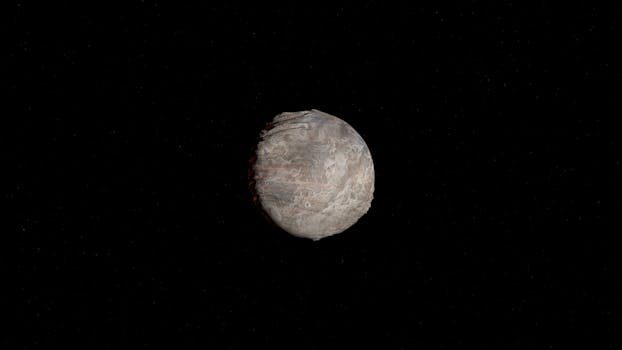LEO Satellites: Revolutionizing Global Connectivity with WordPress
LEO satellites, or Low Earth Orbit satellites, are a type of satellite that operates at an altitude of around 160 to 2,000 kilometers above the Earth’s surface. These satellites have been gaining popularity in recent years due to their ability to provide high-speed, low-latency internet connectivity to remote and underserved areas. With the help of WordPress, LEO satellites are now being used to revolutionize global connectivity and bring people closer together.
One of the main advantages of LEO satellites is their ability to provide high-speed internet connectivity to areas where traditional fiber optic cables cannot reach. This is especially important for remote and rural communities, where access to reliable internet connectivity is limited. LEO satellites can provide speeds of up to 1 Gbps, making them an attractive option for communities that require high-speed internet connectivity.
History of LEO Satellites

The concept of LEO satellites has been around for several decades, but it wasn’t until the 1990s that the first LEO satellite constellation was launched. The Iridium satellite constellation, launched in 1998, was the first to provide global coverage and was used primarily for voice communications. Since then, several other LEO satellite constellations have been launched, including Globalstar, O3b, and OneWeb.
In recent years, there has been a surge in the number of LEO satellite constellations being launched, with companies such as SpaceX, Amazon, and Google investing heavily in this technology. These constellations are not only providing internet connectivity but also a range of other services, including navigation, Earth observation, and communication services.
How LEO Satellites Work

LEO satellites work by transmitting and receiving data to and from Earth stations, which are typically located in remote areas. The satellites use a range of frequencies, including Ka-band, Ku-band, and C-band, to transmit data, and are equipped with antennas and transponders to receive and transmit signals.
The data is then transmitted to a network of ground stations, which are connected to the internet backbone. From there, the data is routed to its final destination, which could be a user’s computer, smartphone, or other device. LEO satellites can also be used to provide backhaul services, where they connect remote cell towers to the internet backbone, providing mobile network operators with a cost-effective way to extend their coverage.
WordPress and LEO Satellites

WordPress, the popular content management system, is being used by several companies to provide services over LEO satellites. For example, companies such as WP Engine and Kinsta are using LEO satellites to provide fast and reliable hosting services to their customers. This is especially important for websites that require high-speed connectivity, such as e-commerce sites and online streaming services.
WordPress is also being used to provide a range of other services over LEO satellites, including email, file sharing, and collaboration tools. This is making it possible for people in remote areas to stay connected and access the information and resources they need, even when traditional internet connectivity is not available.
In conclusion, LEO satellites are revolutionizing global connectivity and bringing people closer together. With the help of WordPress, these satellites are providing high-speed, low-latency internet connectivity to remote and underserved areas, and are being used to provide a range of services, including hosting, email, and collaboration tools. As the technology continues to evolve, we can expect to see even more innovative uses of LEO satellites and WordPress in the future.
See more:
